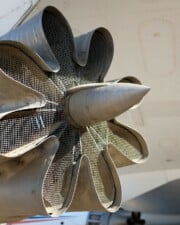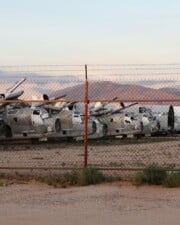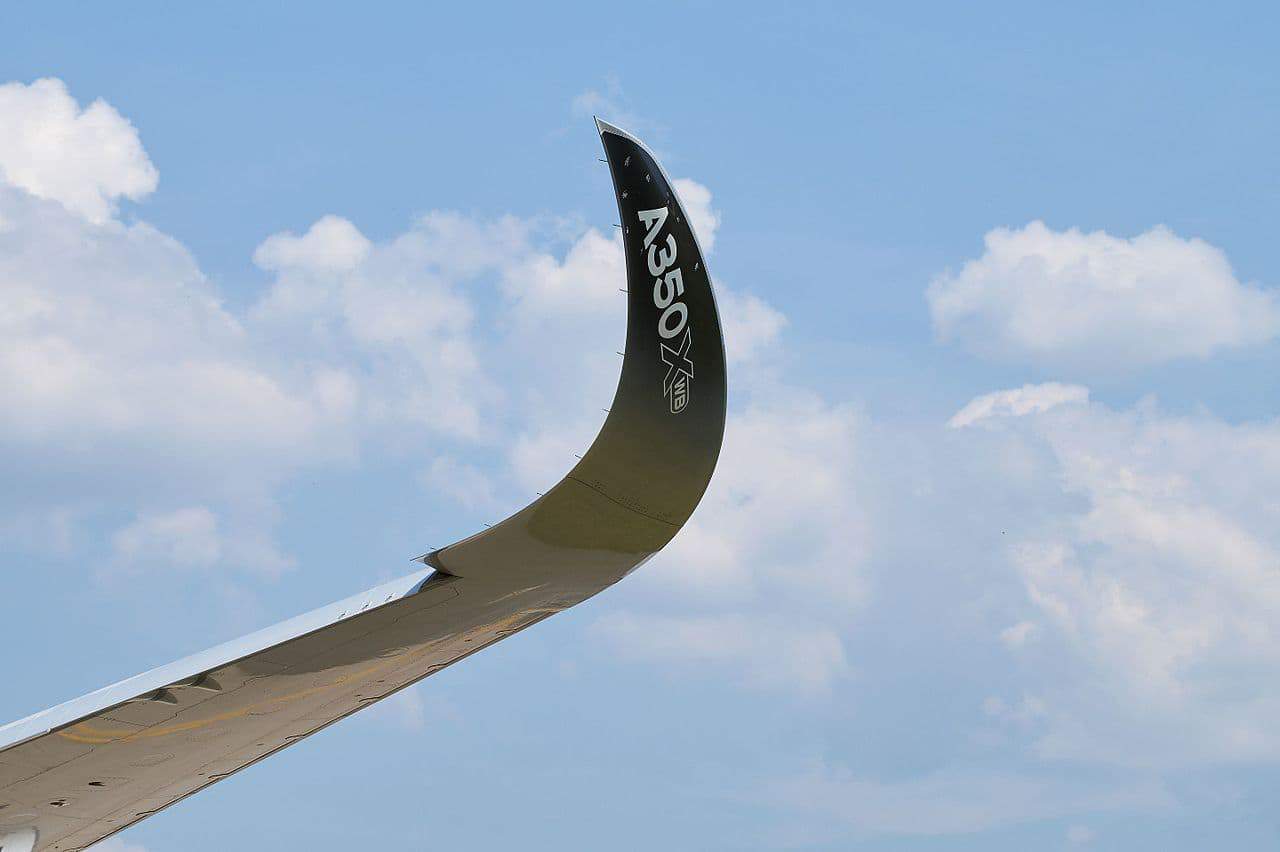No one really likes going to the bathroom on an airplane, and no one really wants to think about what happens when you unleash that tremendous suctioned flush.
Where Does Airplane Waste Go?
They store it onboard for the duration of the flight. Once landed, a special truck comes and sucks out the contents of the waste tanks.
Surely unexpected odious surprises don’t rain down from the sky? Airplanes aren’t really excremental bombardiers, are they? Well, no, they’re not – thankfully for us all, airplane bathrooms aren’t raining waste down on apartments and poor unsuspecting pedestrians everywhere, and are actually far more complicated than that.
So, how do airplane toilets work, once you’ve done the deed and pushed that oh-so-loud suction flush button, where does all that waste go, anyway?

Flushing Airplane Toilet Myths
To start with, let’s flush away some of the most persistent yet erroneous rumors you hear about going to the loo at 15,000 feet.
First and foremost, if you see a plane overhead, you absolutely do not have to worry about it raining down all manner of odious waste onto you. Planes do not ever intentionally dump their contents while in flight. This is a myth that simply doesn’t pass the smell test.
It is true that cruise ships and similar international vessels sometimes dump their, ahem, “cargo” while making long voyages. But this is for cruise ships, not airplanes, and even then it isn’t common.
Then there’s the myth about toilets being so powerful that they can suck the very innards out of you. Some versions of this story throw in a “fat lady” for good measure, claiming her overly large rear end formed a “perfect seal,” resulting in the toilet’s suction sucking her intestines out!
There’s just one problem with that colorful story – it isn’t true. It’s one of those old wives’ tales that gets spread ad nauseum without any actual Patient Zero to give credibility to the case. There is no evidence of this ever having happened.
What’s more, the “fat lady” should be a dead giveaway that this story’s more colorful storytelling than factual truth. Yes, theoretically speaking a “perfect seal” could lead to the powerful suction forces at work in an airplane toilet causing problems.
There’s just one problem – it’s impossible. For one thing, no matter how round your rear end might be, it can’t form that perfect of a seal. For another, the shape of the toilet seat combined with your own posterior prevents this.
Just like the myth of waste being dumped from the bottom of planes bombardier-style, this is one airplane toilet myth you should flush for good.
How Airplane Toilets Really Work
Now that we know what doesn’t go on in the inner workings of an airplane lavatory, what does?
Your own humble toilet back home is very simple. The toilet bowl fills with water, and when you flush, it triggers a siphoning process that results in that water being drained, and your waste along with it. The water is carried via pipes to the sewer, and voila.
There’s just one little problem with that in the Planes, Trains, an Automobiles that make use of mobile toilets – the motion of the vehicle itself means that water would splash out, and without water, you cannot siphon waste out of the bowl.
Instead, the toilets on board airplanes make use of an active vacuum. Rather than the force of swirling water taking your waste along with it as it slithers down the drain, this vacuum forcibly sucks it all out.
Ever wonder why airplane toilets sound so much louder and the flushes feel so much more violent than your boudoir back home? That’s why.
This is also the reason why you might see blue sanitizing liquid seeping back into the bowl once you’ve finished. While this is also used to clean toilet bowls for home toilets, it is especially important to clean public toilets before the next person uses them.
However, the powerful suction created by the vacuum does most of the work in removing the waste, so the sanitizing liquid is less to remove that and more to give the inside of the bowl a good onceover and sterilize it for germs and added freshness.
What that vacuum sound isn’t doing, however, is shooting all that waste out the window so it can fall on some poor helpless person outside.
(Incidentally, if you do get splashed by waste raining from the air, you almost certainly have the birds to blame, not planes.)
Notable Incidents
It is true that, in the past, individual pilots have dumped their waste onto unsuspecting people below. Upon meeting George V following his famed Transatlantic flight, Charles Lindbergh was apparently asked by the king that he absolutely had to know “How do you pee?”
Lindbergh’s answer? A funnel connected to his wicker pilot seat, the waste contents of which he emptied over France.
Then there’s the 2012 horror story of a Long Island couple’s home being pelted with disgustingly odious oily streaks of blackish-green. It’s the kind of nightmare that makes people think that airplanes are raining excrement from above on a daily basis.
Another couple in Leicester, England reported a block of blue ice with “a particularly pungent” urine-esque odor striking their roof.
However, don’t take cover just yet. Events like these aren’t just the extreme exception to the rule, but an accident at that, and almost always the result of a leaky tank or other faulty equipment.
Incidents like the blue ice one in England are often protected by the substance freezing in place, and if it does break off, it usually melts long before it reaches the ground.
Unfortunately, in extreme circumstances, blocks of blue ice containing urine and waste can survive, and when they do, they can become excremental projectiles such as the one that struck that home in Leicester.
Where All the Waste Really Goes
By now you might well be wondering where all that waste really goes under normal circumstances, when the plane isn’t accidentally leaking the contents of its loo on poor unsuspecting families in Long Island and Leicester.
The answer is simple – they store it onboard for the duration of the flight.
More specifically, those aforementioned vacuums suck up your waste and spit it out into special cavities that carry their “payload” for the duration of the flight, at which point the chambers are emptied out again.

Once they are dropped into these chambers, the waste is submerged in liquid that becomes blue ice.
This is where incidents such as the one in Leicester take root. It isn’t as though planes overhead are intentionally dropping their waste contents without regard for those below, it’s that in extremely rare occasions an “excrement icicle” can break off.
All of which begs the question – just how much excrement does the average 747 have onboard, anyway?
While that is bound to answer from trip to trip, each flush equates to an average of 0.55 gallons per passenger. Figured for a whole crew complement over a few hour flight, this can add up to a couple hundred gallons’ worth of waste.
For international flights, you could be looking at as much as a ton of excremental waste making the trip. If that sounds like an awful odious load, imagine being the people who have to empty it out at the end.
Related Posts













